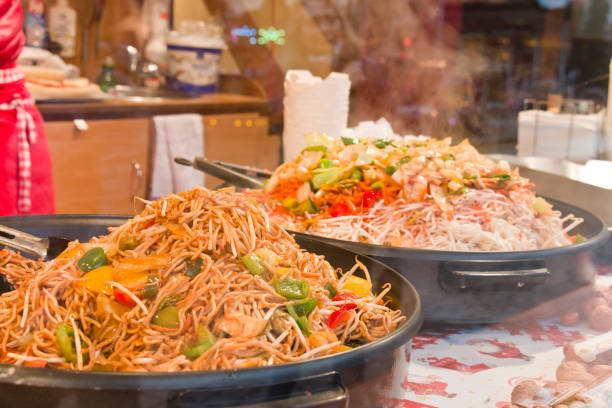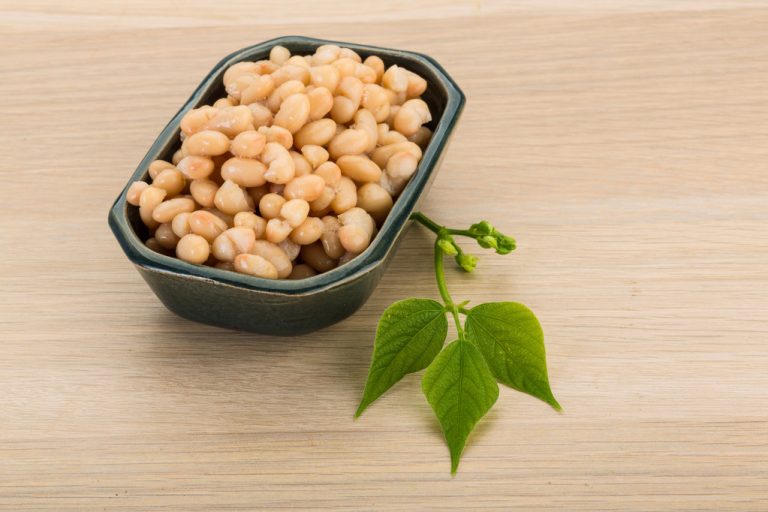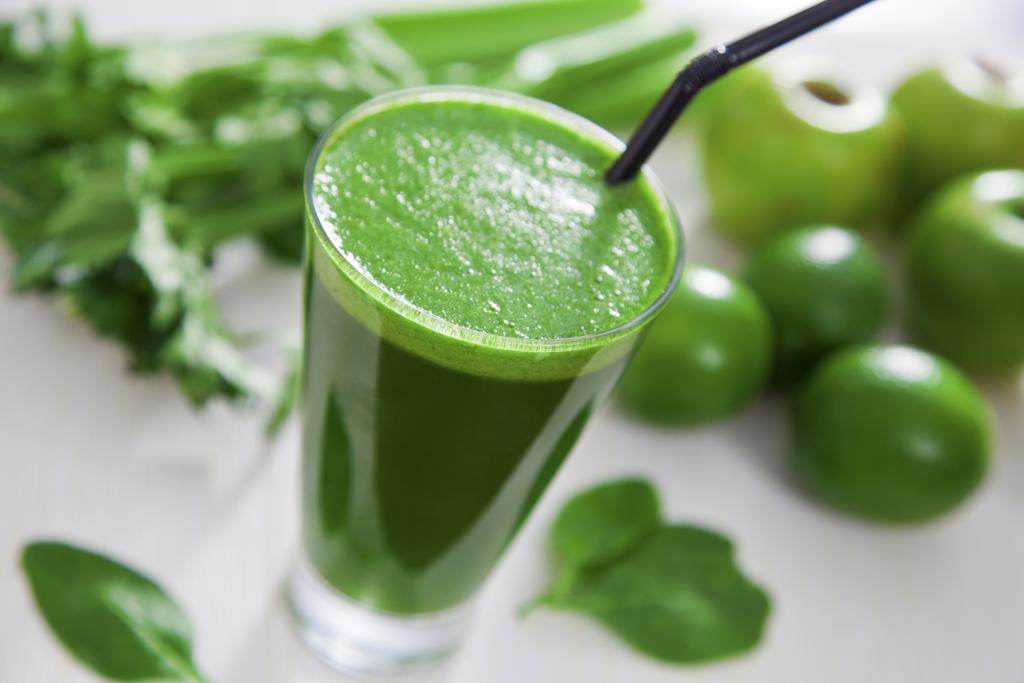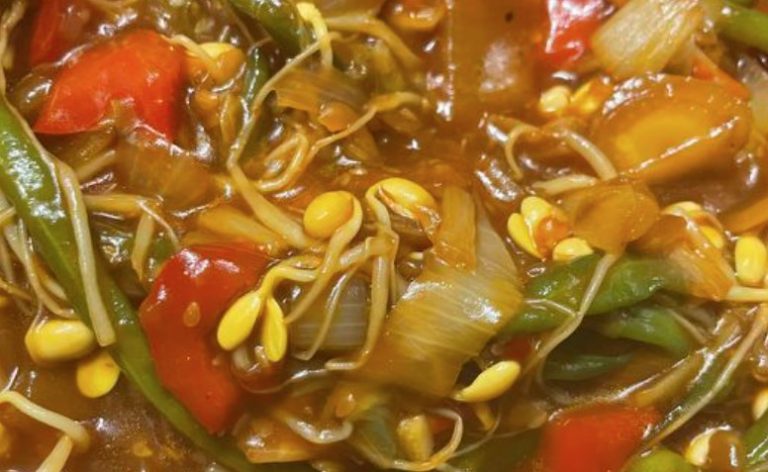Pasta casserole with a difference, with vegetables and ham. Heartily seasoned with cheese, salt, and nutmeg. A wholesome meal where vegetables are popular even with children. Pasta casserole is delicious and popular with the whole family. Even children can’t get past the vegetables.
Ingredients for 4 persons

- 250 g tagliatelle
- 1 ½ teaspoons salt
- ½ packet of frozen spinach (225g)
- ½ packet of frozen peas (150g)
- 4 tbsp. Cooked cheese
- 150 g raw ham
- 4 eggs
- 1 pinch ger. nutmeg
- 1 cup of yogurt
- ½ tbsp. oil
- 1 tbsp. frying fat
- 1 tomato
Preparation
Cook the ribbon noodles in plenty of water with ½ teaspoon of salt according to the instructions on the package. Defrost the spinach with a little water over low heat. Cook the deep-frozen peas in a little water with ¼ teaspoon of salt for 4 minutes over low heat. the eng. Mix the cheese and ½ teaspoon salt into the spinach. Cut the ham into fine strips. Whisk the eggs, add ½ teaspoon salt and nutmeg and mix in the ham strips. Add the yogurt, which can remain a bit chunky. Pour the noodles through a sieve and rinse with cold water. Grease the fireproof dish with a little oil and preheat the oven to 180 degrees.
Preparation

Melt the drippings in the pan and fry the noodles in it. Cover the bottom of the casserole dish with spinach. Then fill in the noodles, on top of the noodles the peas, and finally the egg and ham mixture. Bake the casserole in the preheated oven for 30 minutes.
Tip: Serve the pasta bake in the dish and garnish with tomato slices.








